|
JORDAN DANCHILLA - THOSE DAYS, THESE DAYS
Reception: Thursday, September 1, 6 - 8 PM
August 30 - October 6
Art Placement is delighted to present "Those Days, These Days", the first solo exhibition by Jordan Danchilla at the gallery. The sprawling installation of paintings, drawings, collages, mixed media works, objects, and assemblages speaks to the multiple and varied ways that Danchilla filters the world through his art.
Danchilla's works defy easy classification, both in terms of medium, as well as their place on the spectrum between representational and non-objective art. His creative process is exploratory and experimental, driven by curiosity and a seemingly irreverent approach to images. He has developed an expansive visual lexicon that incorporates a diverse range
of influences and references, everything from canonical masters of western art, to street signs, book covers, and produce labels to name a few. He transforms this source material into two-dimensional wall works that are not strictly paintings, drawings, collages, or prints, but rather they often combine elements and application techniques borrowed from some or all of these disciplines and others. A single work typically combines a variety of
materials as well, everything from acrylic, oil, latex, Flashe, and watercolour paint, to
wood, tape, cardboard, paper, graphite, felt, fabric, and more. Filtered through Danchilla's aesthetic lens, these diverse works achieve a stylistic unity that is grounded in his
meticulous attention to process and materials.
Jordan Danchilla is a Saskatoon-based artist who works in a variety of two and three-dimensional media. He studied printmaking at the University of Saskatchewan and is
primarily self-taught in other media. He has exhibited his work since 2013 and his works have been collected by individuals in Canada and abroad.
Jordan Danchilla
Those Days, These Days
Exhibition Essay by Rose Bouthillier
Drawing on a wide range of references--including modern art, pop, domestic design, signage and consumer products--Jordan Danchilla's work is markedly varied and curious. His paintings are constantly recalling, suggesting, taking tangents and then bringing you back to a rough edge, a pool of colour. The title of this exhibition--Those Days, These Days--bounces around itself, capturing Danchilla's way of looking to art history, as well as his lighthearted style of formal play.
Danchilla's works are modest in scale, which makes them feel approachable, almost propositional. Some are self-deprecating in their mimetic humor: A slab of honey-toned paint with a crummy texture (Toast Monochrome). A single piece of cut and creased fabric pinned to the wall like a specimen (Leaf). An awkward, puffy rectangle (Pillow Painting). While funny, these works don’t deliver straightforward punchlines, more like ceci n'est pas-type side steps. Look around Toast Monochrome and you'll see the edges--crusts--are a moldy green (and aren't monochromes supposed to be only one colour?). The leaf is pitch black, as if burnt (or was it painted at night?). The pillow is a cold, uninviting grey, more like a hard stone slab than a soft place to rest.
Danchilla's paintings have a way of making you want to touch them, and it's not obvious why. It's not because some of them resemble things we often touch in our daily lives. And they aren't particularly touchable in terms of their materiality. They aren't soft or strange; their materials feel exactly how they look. I think that this urge to touch relates to the ambiguity of Danchilla's work, as "painting" and/or "object." This distinction has been stressed, broken, ignored, and settled over and over in the practice and theory of painting, but it feels quietly personal in Danchilla's pieces. They have a way of questioning if they should be on the wall (and the ones sitting on plinths have painterly spirits). It's as if by holding the works, feeling their weight, some tension I feel when only looking at them would be relieved, and some questions (or doubts) about their nature might be resolved.
There's another aspect to this, one that has to do with the way Danchilla processes art history, absorbing and inflecting the work of other artists. During our last studio visit, I saw a copy Danchilla made of Blinky Palermo's painting Flipper (1965). Danchilla made it because, even though Palermo is one of his favorite artists and strongest influences, Danchilla has never seen his work in person.* And so why not make one at home? And what would be learned through the making of it? And the handling and holding of it?
Distinct from such "copies" are Danchilla's "studies" of other artists' works. These studies are not preparatory efforts; they take up the word like the verb--close, careful looking. In Study After Matisse's Seated Pink Nude (2021) the figure, composed from solid pieces of stained fabric, appears like a harsh shadow of the original's luminous, almost transparent body. In Study after Robert Motherwell's The Little Spanish Prison (2022), it's as if the red "window" of the original has broken free of the composition, standing upright, replicating itself and cropping everything to its own dimensions. Test, unravel, remake. The urge to touch Danchilla's paintings relates to this learned quality, the sense that they are tools or mechanisms, which train the mind and eyes via the hands. And so, I too might gain something from holding them, learn something else through my fingertips.
Danchilla's work also has me thinking of vocabulary, of the complex ways that visual, conceptual and material languages come together. His work is full of quotes, fragments, riffs and parallels; they make you search your own mental archives for things that match. Surely Danchilla's Open Red (2022) is a take on Motherwell's Red Open works from the 1970s, but is the outline of Danchilla's Ruby Red (2020) meant to recall the central form in Matisse's The Rose Marble Table (1917)? Or is it just a beautiful deep crimson hexagon? The strips of sequential canines in Danchilla's Dogs Running (2021), recall Eadweard Muybridge's film studies of animal locomotion (1884-85), but this reoccurring dog figure also resembles a child's sketch or, when Danchilla pairs it with the written word "dog," a page in a picture book. Iconic moments of art history mingle with early apprehensions of form, figure and speech.
In talking about his works, Danchilla tends to focus on the physical aspects, carefully describing the wood, fabrics, types of paint and other materials, where they came from and how they are assembled. You can tell he delights in these details, and the works carry that energy through, excited by their own possibilities, happy to be here. This quality can be found in any single work by Danchilla; a room full of them buzzes with it. What else? What next? As realized inside the gallery, Those Days, These Days is an exhibition that seems to emphasize it is but one of endless variations of how the work could be installed, each of which would have you see something (or everything?) differently. These are works that behave, that relate, to each other and to the walls and floors and windows and doorways, to the past and in the present.
* Palermo himself worked in homage to other artists' work-- the red shapes in Flipper echo Palermo's "Composition With 8 Red Rectangles" (1964), which echoes Kazimir Malevich's Suprematism with Eight Red Rectangles (1915). But Flipper has a much more mundane origin--it was based on the pattern on the side of a pinball machine Palermo was fond of playing.
Rose Bouthillier is a contemporary art curator and writer. She was recently appointed Artistic Director of the Bonavista Biennale, and has previously served as Curator (Exhibitions) at Remai Modern, Associate Curator + Publications Manager at the Museum of Contemporary Art Cleveland, and Assistant Curator at Oakville Galleries. Her writing on art has been published in CURA., C Magazine, frieze, Foam Magazine, BlackFlash, Arthopper, esse, and Art Criticism & Other Short Stories.
Installation Images:
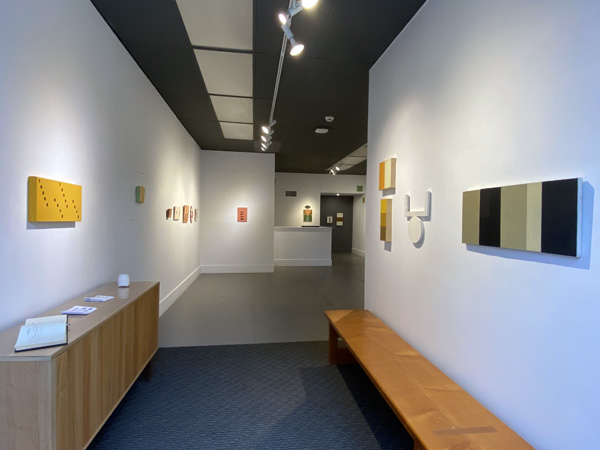
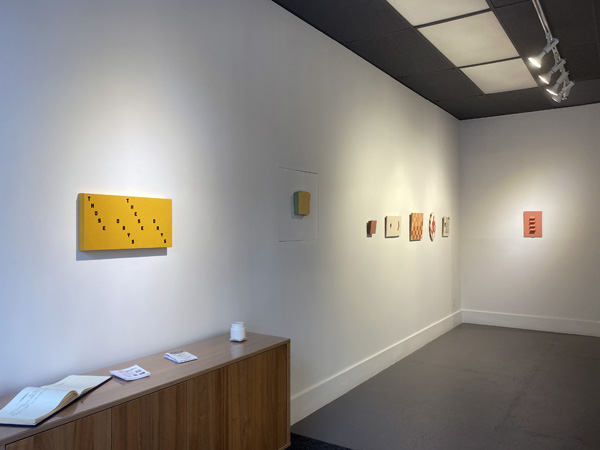
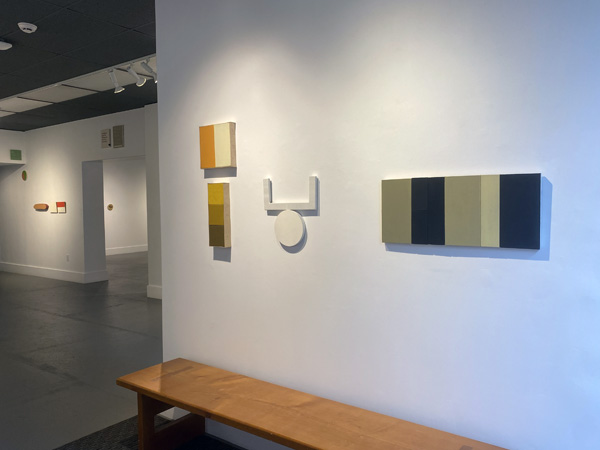
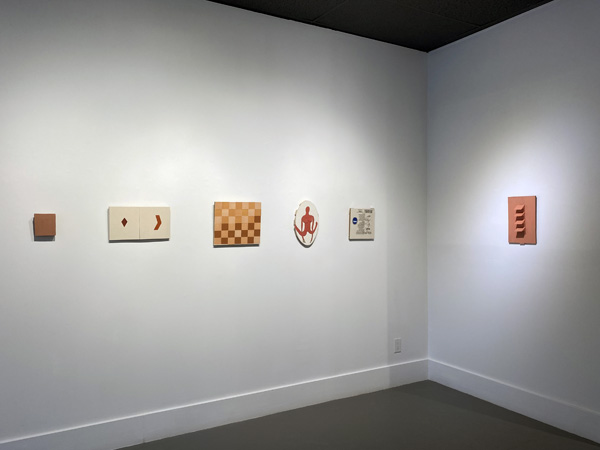
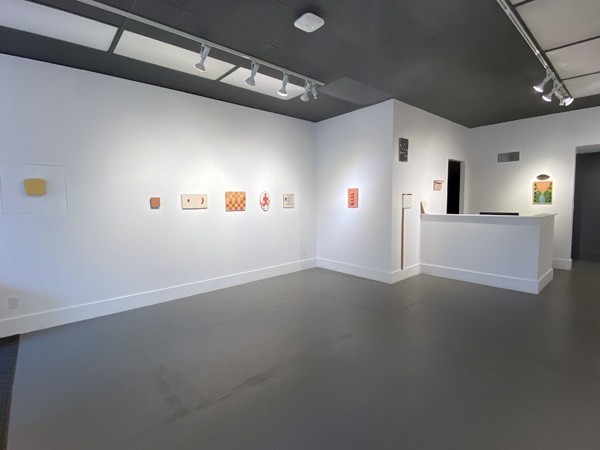
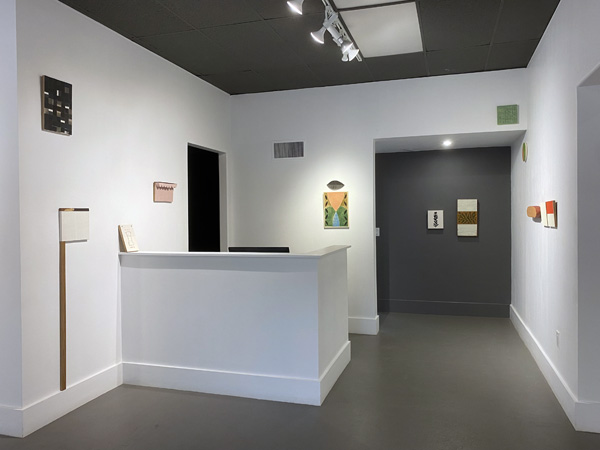
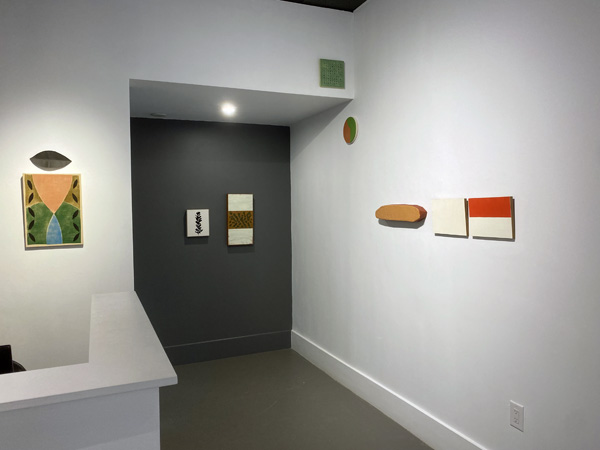
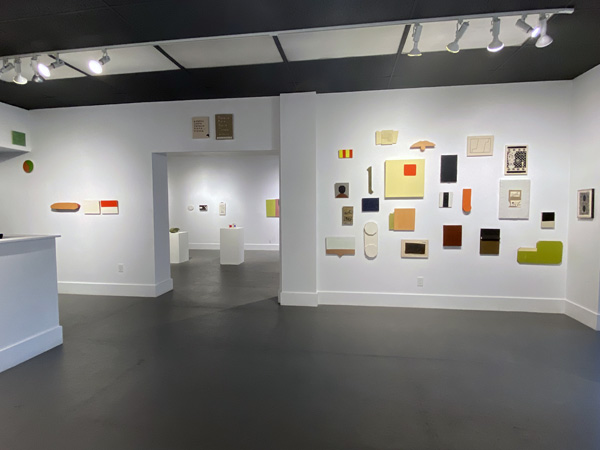
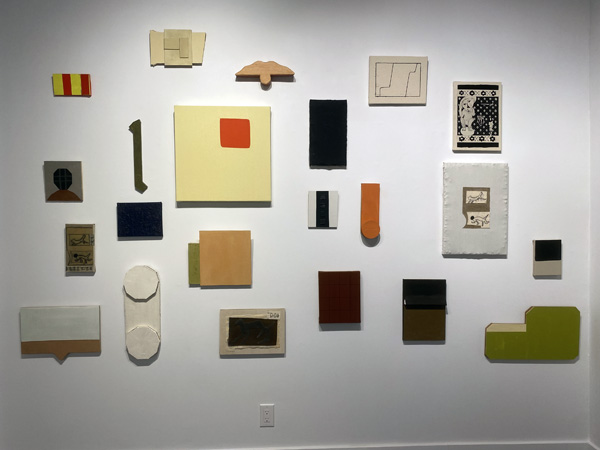
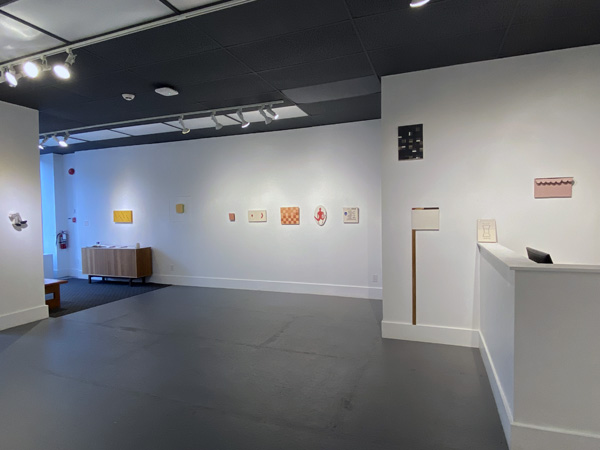
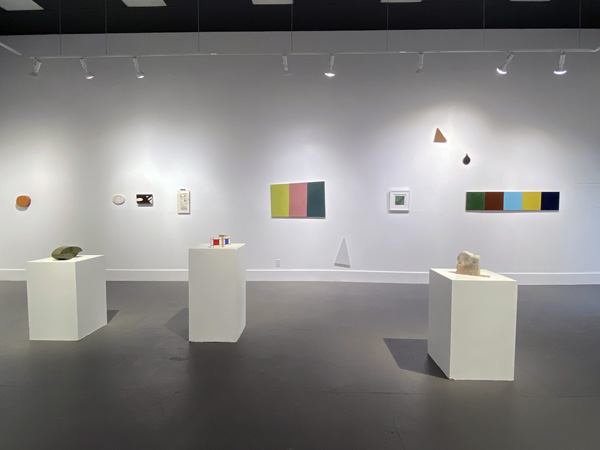
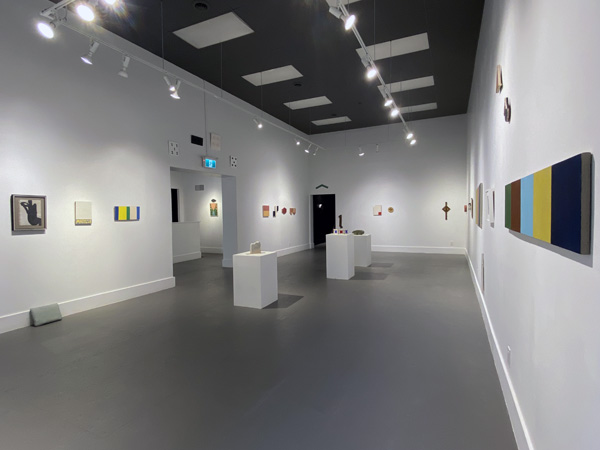
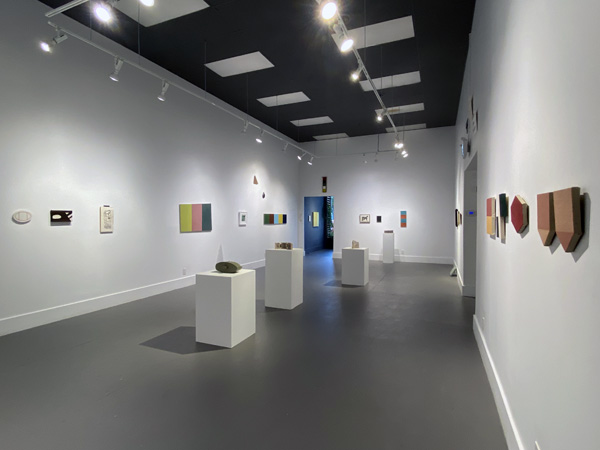
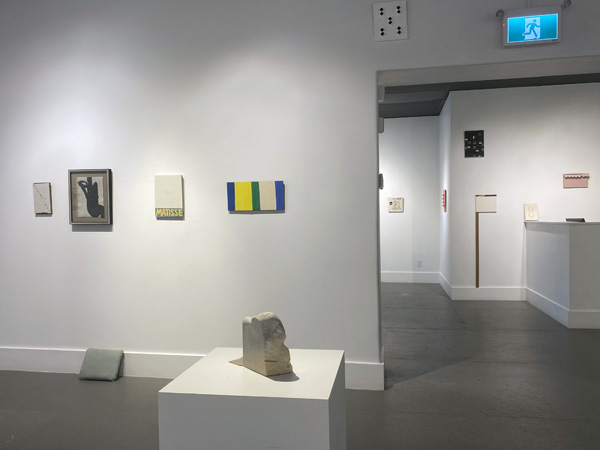
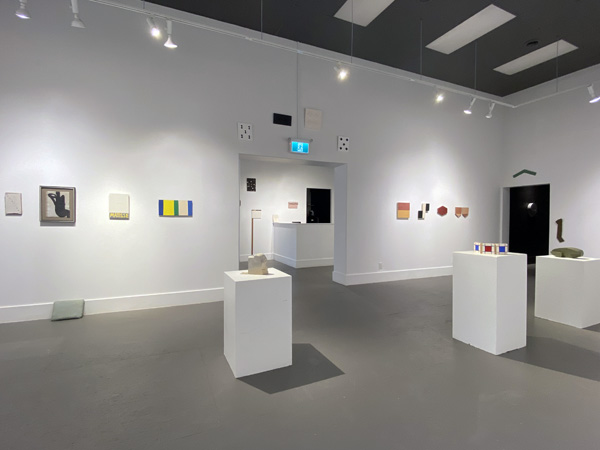
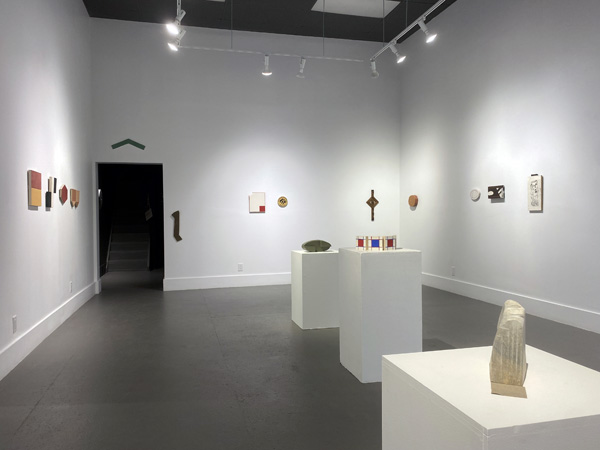
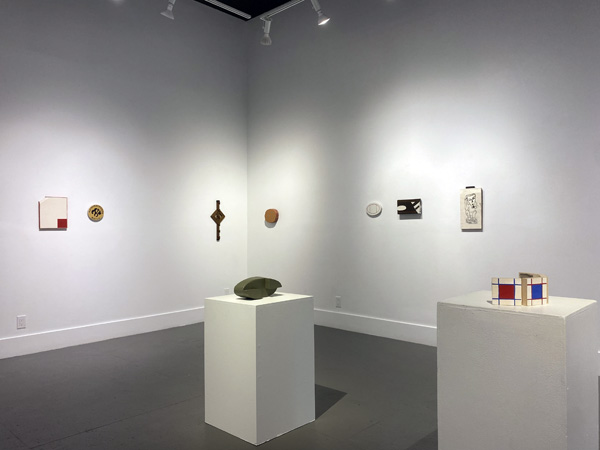
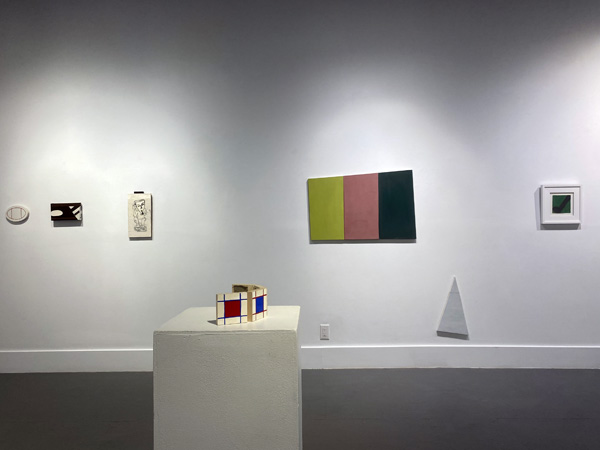
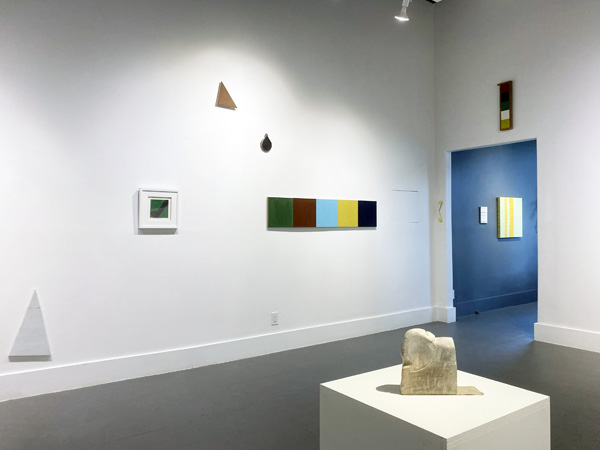
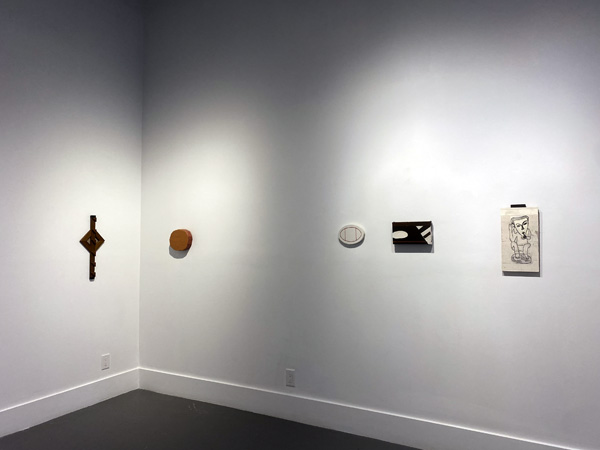
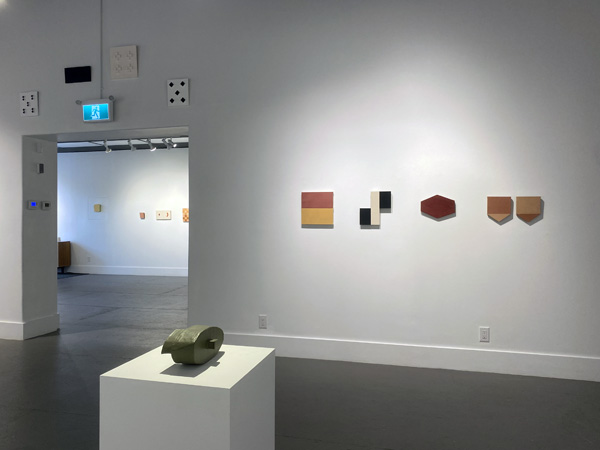
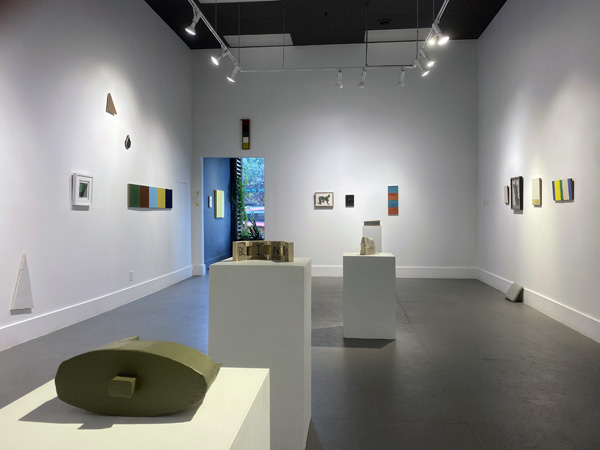
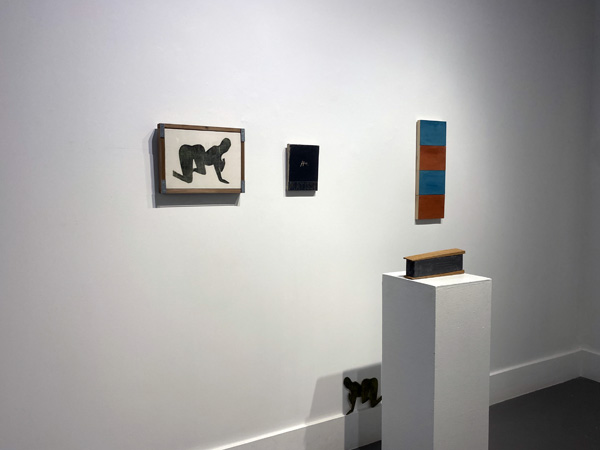
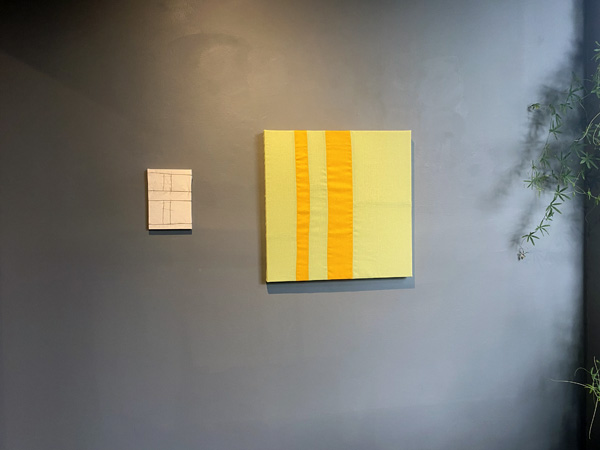
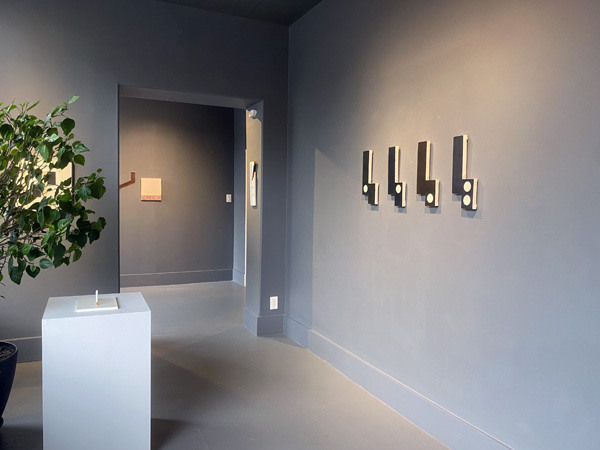
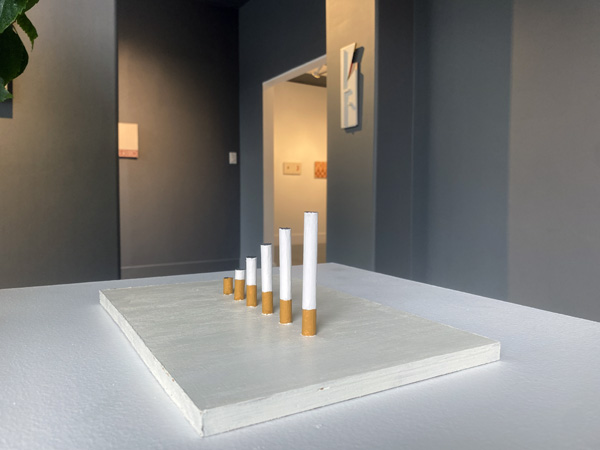
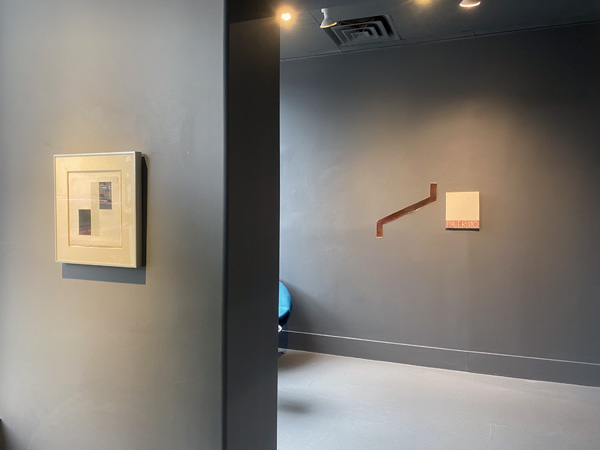
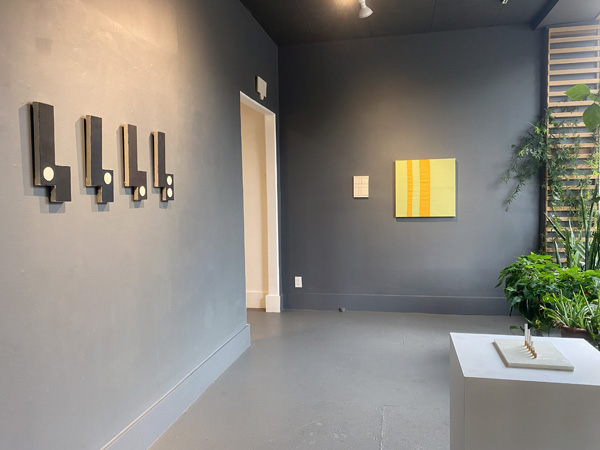
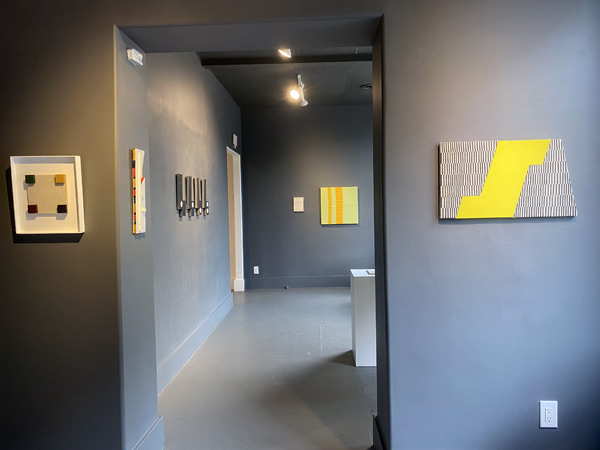
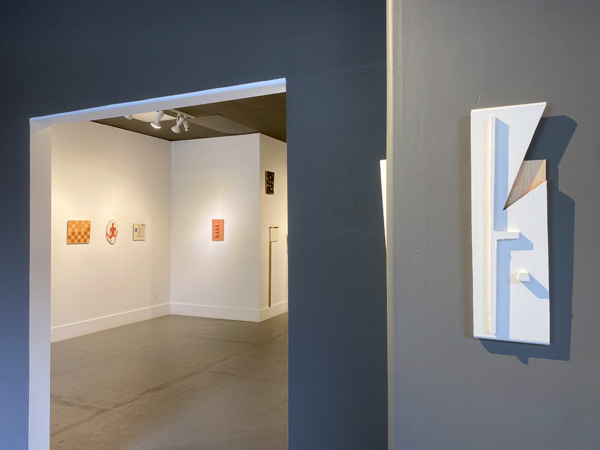
|


